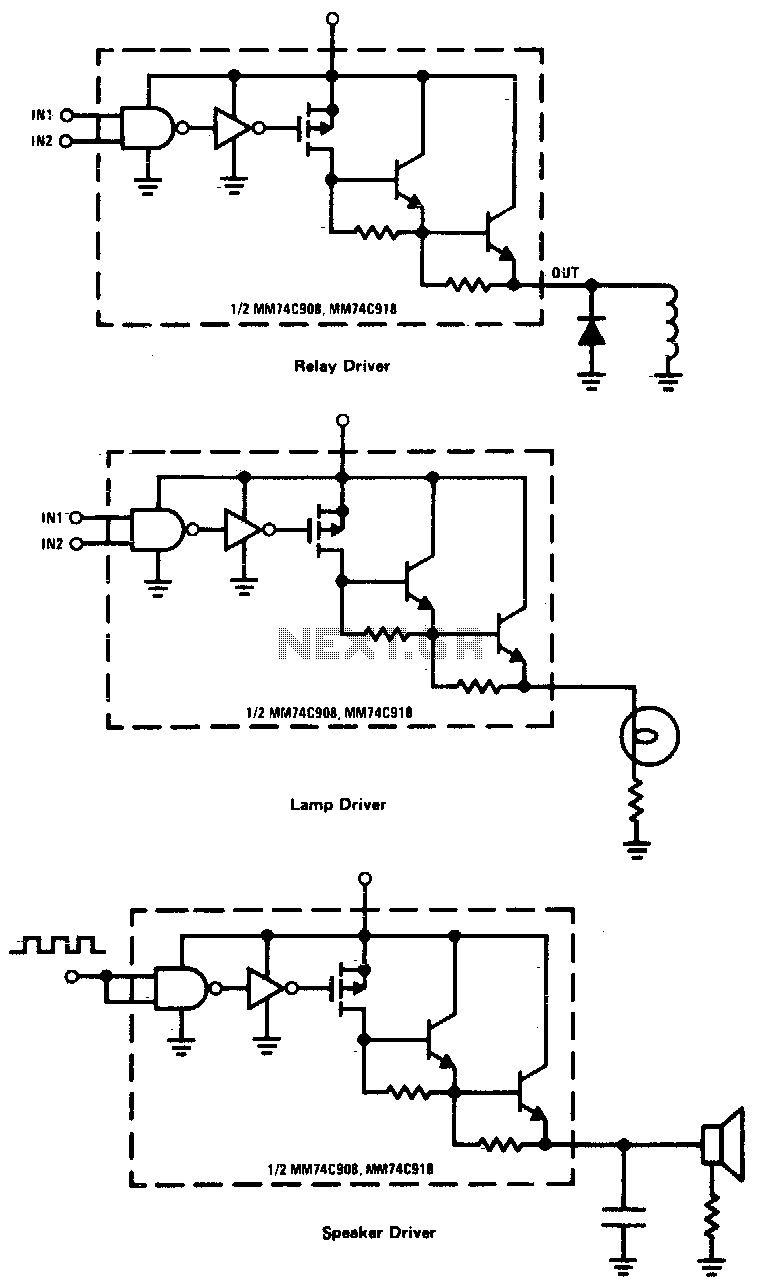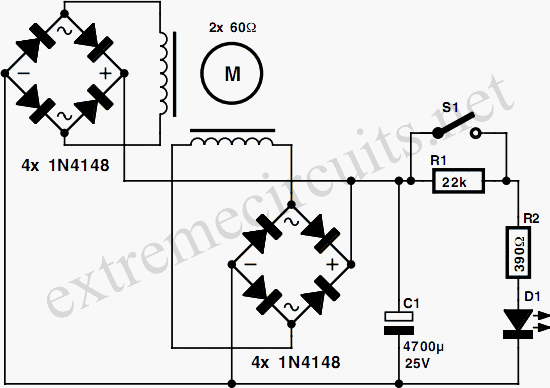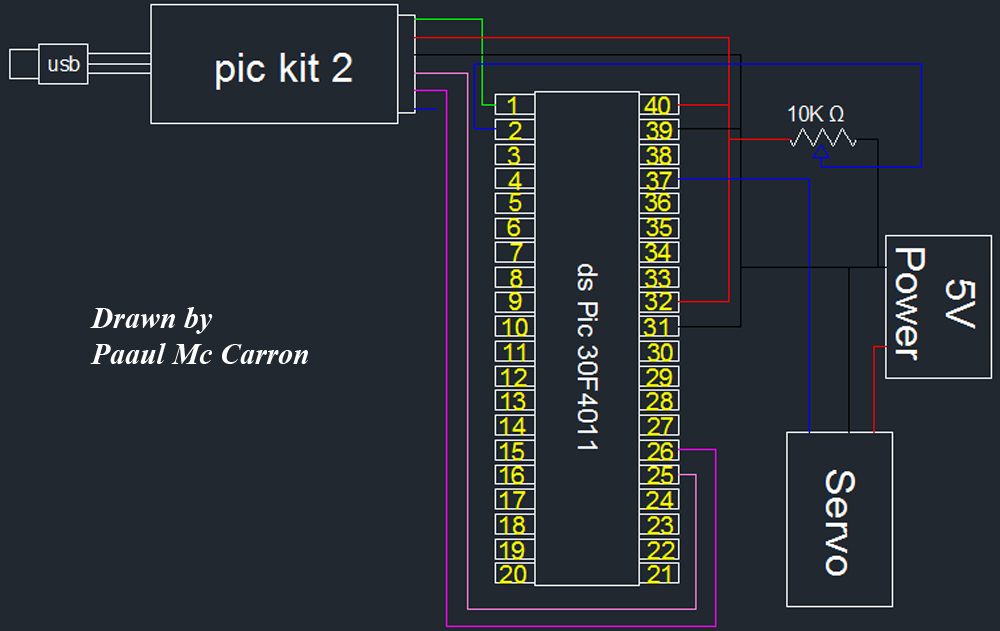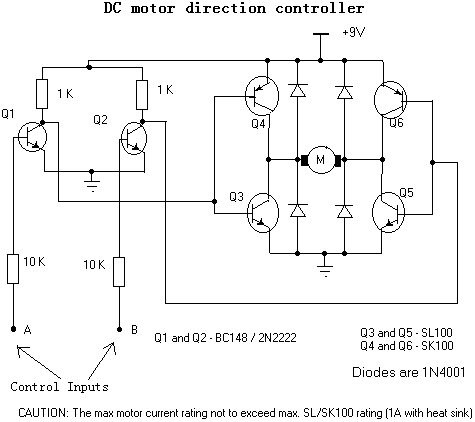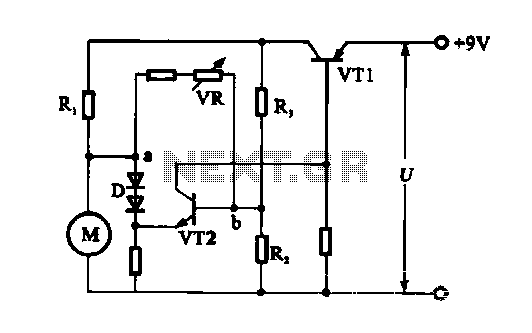
N-Channel H-bridge Motor Drive
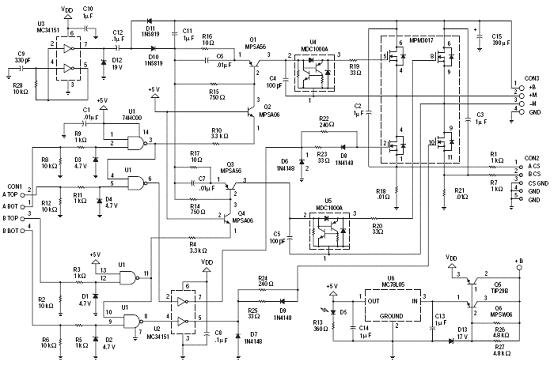
The following circuit illustrates an N-Channel H-bridge motor drive circuit diagram. Features include low voltage motor drives utilizing N-channel MOSFETs.
The N-Channel H-bridge motor drive circuit is designed to control the direction and speed of a DC motor using low voltage. The circuit consists of four N-channel MOSFETs arranged in an H-bridge configuration, which allows for bidirectional control of the motor. When the MOSFETs are switched on and off in a specific sequence, the polarity of the voltage applied to the motor can be reversed, enabling forward and reverse operation.
In this configuration, two pairs of N-channel MOSFETs are used: one pair connected to the high side and the other to the low side of the motor. The gates of the MOSFETs are driven by a microcontroller or a dedicated motor driver IC, which provides the necessary control signals. The use of N-channel MOSFETs is advantageous due to their lower on-resistance compared to P-channel MOSFETs, resulting in higher efficiency and reduced heat generation in the circuit.
To ensure safe operation, the circuit may include additional components such as flyback diodes to protect against voltage spikes generated when the motor is turned off. Additionally, current sensing resistors can be incorporated to monitor the motor's current draw, allowing for feedback control and protection features, such as overcurrent shutdown.
The design is suitable for applications where low voltage operation is required, making it ideal for battery-powered devices or small robotics. The simplicity of the H-bridge design allows for easy integration into various projects, providing reliable motor control with minimal complexity.The following circuit shows about N-Channel H-bridge Motor Drive Circuit Diagram. Features: low voltage motor drives, in an N-channel .. 🔗 External reference
The N-Channel H-bridge motor drive circuit is designed to control the direction and speed of a DC motor using low voltage. The circuit consists of four N-channel MOSFETs arranged in an H-bridge configuration, which allows for bidirectional control of the motor. When the MOSFETs are switched on and off in a specific sequence, the polarity of the voltage applied to the motor can be reversed, enabling forward and reverse operation.
In this configuration, two pairs of N-channel MOSFETs are used: one pair connected to the high side and the other to the low side of the motor. The gates of the MOSFETs are driven by a microcontroller or a dedicated motor driver IC, which provides the necessary control signals. The use of N-channel MOSFETs is advantageous due to their lower on-resistance compared to P-channel MOSFETs, resulting in higher efficiency and reduced heat generation in the circuit.
To ensure safe operation, the circuit may include additional components such as flyback diodes to protect against voltage spikes generated when the motor is turned off. Additionally, current sensing resistors can be incorporated to monitor the motor's current draw, allowing for feedback control and protection features, such as overcurrent shutdown.
The design is suitable for applications where low voltage operation is required, making it ideal for battery-powered devices or small robotics. The simplicity of the H-bridge design allows for easy integration into various projects, providing reliable motor control with minimal complexity.The following circuit shows about N-Channel H-bridge Motor Drive Circuit Diagram. Features: low voltage motor drives, in an N-channel .. 🔗 External reference
